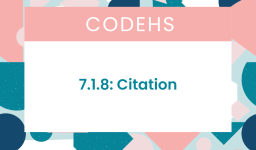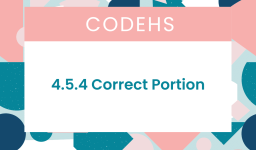The most common answer is:
penup()
backward(200)
forward(10)
pendown()
for i in range(20):
circle(10)
forward(20)This code for drawing a row of circles using turtle graphics seems to aim for creating a series of small circles along a line. However, there’s a minor redundancy in moving the turtle backward and then immediately moving it forward.
Here’s a simplified and corrected version of your code that efficiently creates a row of circles:
import turtle
# Set up the turtle
turtle.penup()
turtle.backward(200) # Start position adjusted for visibility
turtle.pendown()
# Draw a row of 20 circles
for _ in range(20):
turtle.circle(10) # Draw a circle with a radius of 10
turtle.penup() # Lift the pen to move to the next position without drawing a line
turtle.forward(20) # Move forward by 20 units for the next circle
turtle.pendown() # Put the pen down to draw the next circle
turtle.done() # Keep the window open until manually closed
This code will draw a row of 20 circles, each with a radius of 10 units, and spaced 20 units apart from each other. The turtle starts by moving backward 200 units from the center to ensure there’s enough space for the entire row of circles. Then, it draws each circle and moves forward 20 units to start the next one. The penup() and pendown() commands are used to move the turtle without drawing lines between the circles, keeping the row neat.



